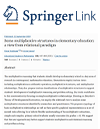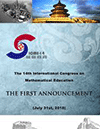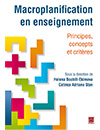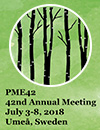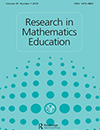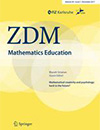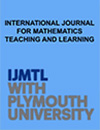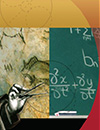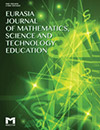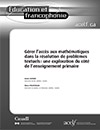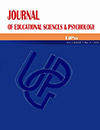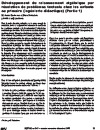
Polotskaia, E., Savard, A., & Freiman, V. (2016). Investigating a case of hidden misinterpretations of an additive word problem: structural substitution. European Journal of Psychology of Education, 31(2), 135–153. https://doi.org/10.1007/s10212-015-0257-6
Abstract: According to numerous studies (Barrouillet & Camos 2002; Brousseau 1988; Chevallard 1988; Riley et al. 1984; Schubauer-Leoni & Ntamakiliro, Revue Des Sciences de L’éducation, 20(1): 87–113, 1994; Vergnaud 1982; Xin, The Journal of Educational Research, 100(6):347–360, 2007), a combination of many factors, including curriculum, didactic contract and task design, can potentially lead to students experiencing difficulties in developing of a full understanding of addition and subtraction and their relationship in problem solving. Few studies (Conne, Recheche En Didactique Des Mathématiques, 5, 269–332, 1985; DeBlois, Éducation et Francophonie, 25(1), 102–120, 1997; Giroux & Ste-Marie, European Jornal of Psychology of Education, 16(2), 141–161, 2001) describe the misinterpretations of problems as a factor related to learning difficulties. We have studied how and why elementary school students misinterpret the mathematical structure of a simple additive word problem and what kind of possible (hidden) misinterpretation may occur. We analysed possible mechanisms of misinterpretations in word problem solving, discussing various examples of correct and incorrect solutions resulting from the misinterpretation of a problem. We gave the elementary school students a word problem, which could potentially be misinterpreted, and observed their solving strategies. Our results show how the particular form of mathematical misinterpretation—structure substitution—may help students obtain a correct answer and thereby hinder the development of their mathematical reasoning. We further discuss different ways of addressing this phenomenon in teaching practice.
